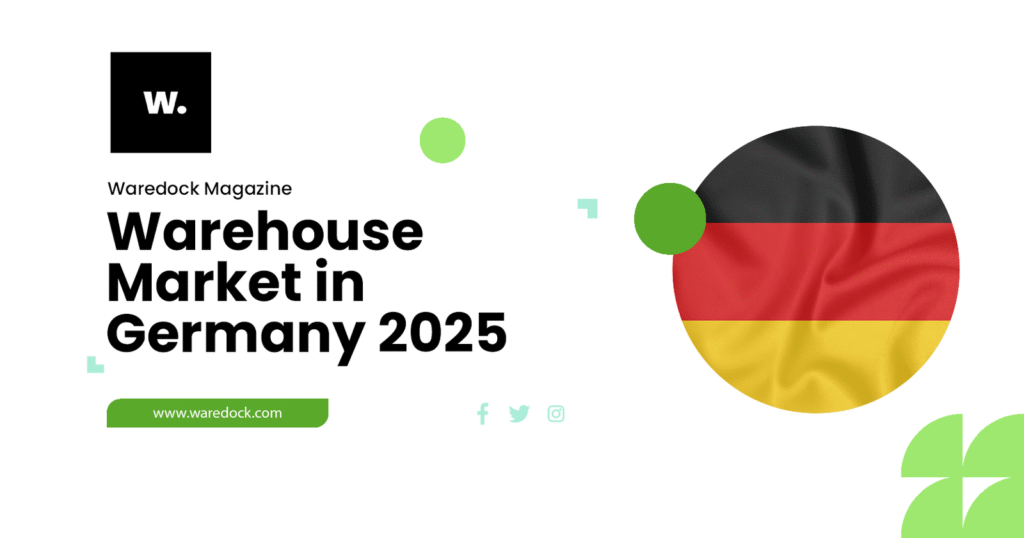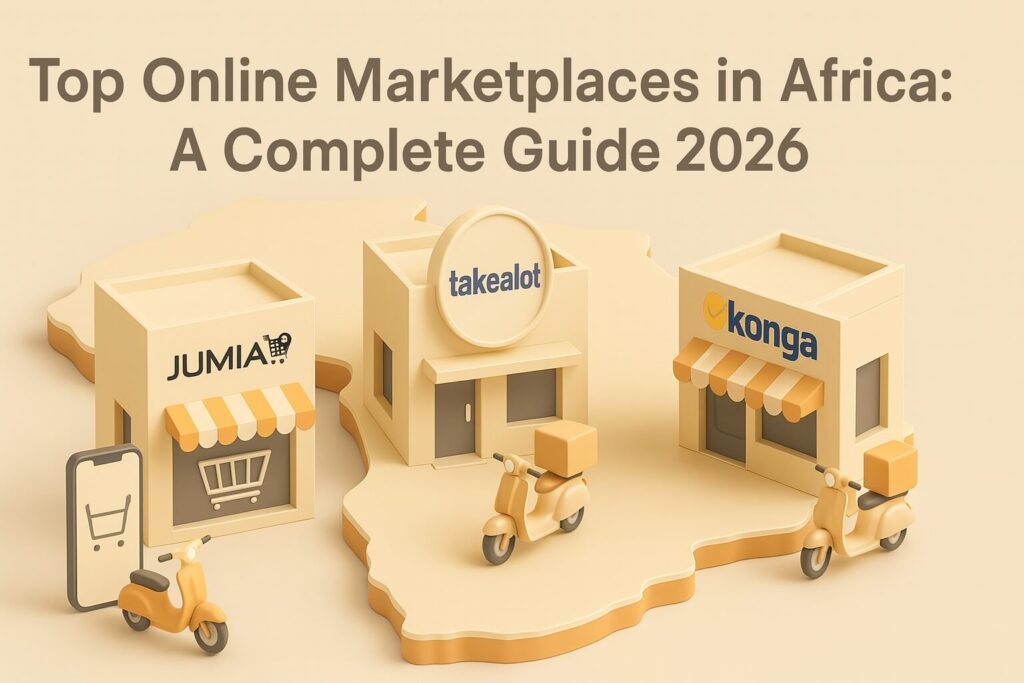When you’re shipping 500-600 orders per month and your current 3PL provider starts treating you like just another number in their system, it’s time to reassess your fulfillment strategy. A recent conversation in the e-commerce community perfectly illustrates a common frustration: small brands getting lost in the machinery of enterprise-level 3PL providers.
The Enterprise 3PL Trap: When Bigger Isn’t Better
The Real Cost of Poor Service
Consider this scenario: You’re paying extra for specific packaging requirements—boxes instead of poly mailers to prevent damage—but your 3PL ignores these requests. The result? Damaged products reaching customers, negative reviews, and the hidden costs of returns and replacements. This isn’t just about money; it’s about your brand reputation.
One small business owner shared their frustrations with a major provider: “Order fulfillment has been slow, and they haven’t been honoring specific shipping requests I’m paying extra for, which has led to a number of damaged items being received by customers. Their customer service hasn’t been very helpful either.”
Why Large 3PLs Struggle with Small Brands
Volume Prioritization: When you’re shipping hundreds of orders monthly while their enterprise clients ship thousands daily, guess who gets priority attention?
Standardized Processes: Large 3PLs optimize for efficiency at scale, which often means less flexibility for unique requirements that smaller brands need.
Customer Service Bottlenecks: With thousands of clients, getting personal attention or quick resolution to issues becomes nearly impossible.
Minimum Fee Increases: Some major providers are raising minimum monthly fees from $500 to $5,000, effectively pricing out smaller businesses entirely.
The Boutique 3PL Advantage: Partnership Over Processing
What Makes Boutique 3PLs Different
Dedicated Account Management: You get a real person who knows your business, not a ticket number in a queue.
Flexibility in Operations: Custom packaging requirements, special handling instructions, and unique shipping needs are standard accommodations, not expensive exceptions.
Same-Day Fulfillment: Smaller client bases mean faster processing times and more responsive operations.
Transparent Communication: When issues arise, you can reach a decision-maker directly instead of navigating corporate phone trees.
Real-World Success Stories
Multiple business owners in our research emphasized the transformation after switching to boutique providers:
- Consistency in Service: “Same-day fulfillment, a dedicated rep who works with your business every day, and support that actually gets back to you.”
- Attention to Detail: Proper packaging, accurate order processing, and adherence to special instructions become the norm, not the exception.
- Cost Effectiveness: While per-unit costs might seem higher, the total cost of ownership often decreases when you factor in reduced damages, returns, and time spent on customer service issues.
Understanding Your True 3PL Costs
The 60-15-25 Rule
Smart 3PL selection goes beyond comparing pick-and-pack fees. Here’s how your costs typically break down:
- 60-70%: Shipping costs to customers
- 10-15%: Storage and warehousing fees
- 15-30%: Handling, picking, packing, and additional services
Key Insight: Don’t select a 3PL based solely on the cost to put items in boxes. Evaluate your total cost per package delivered to customers, including the hidden costs of poor service.

The Power of 3PL Comparison Tools
Why DIY Research Falls Short
Manually researching 3PL providers is time-intensive and often incomplete. You might miss perfect matches simply because they don’t have strong SEO or large marketing budgets.
How Matching Services Work
Professional 3PL matchmaking services (like 3PeeL and others) connect you with providers based on:
- Geographic proximity to your customers
- Industry specialization for your product types
- Volume requirements that match your current and projected needs
- Service capabilities that align with your specific requirements
- Technology integration with your existing systems
The Vetting Process
Quality matching services pre-qualify providers for:
- Financial stability and insurance coverage
- Technology capabilities and integration options
- Service level agreements and performance metrics
- Client references and satisfaction ratings
- Scalability to grow with your business
Geographic Strategy: Location Matters More Than You Think
The New York Advantage
For businesses shipping nationwide from a New York base, consider these strategic options:
East Coast Distribution: Serve your highest-density customer areas with faster delivery times.
Multi-Coast Strategy: As you grow, adding West Coast fulfillment can reduce shipping costs and delivery times for national coverage.
Regional Specialization: Some boutique 3PLs offer unique advantages like proximity to ports, free trade zones, or specialized handling capabilities.
Red Flags: When to Avoid Certain Providers
Warning Signs from Community Feedback
The e-commerce community consistently flags certain behaviors:
- Poor review patterns: When multiple sources warn against specific providers, listen.
- Communication breakdowns: If getting basic information requires multiple follow-ups during the sales process, service will likely be worse post-contract.
- Inflexible pricing: Providers who can’t accommodate your current volume or growth trajectory.
- Technology limitations: Inability to integrate with your current systems or provide real-time visibility.
Making the Switch: A Strategic Approach
Transition Planning
Overlap Period: Run parallel operations for 2-4 weeks to ensure smooth transition.
Inventory Management: Plan inventory transfers during slower periods to minimize disruption.
Customer Communication: Prepare your customers for potential minor delays during the transition.
Performance Metrics: Establish clear KPIs from day one with your new provider.
Key Questions for Potential 3PL Partners
- What’s your average order processing time?
- How do you handle special packaging requirements?
- What’s your client retention rate?
- Can I speak with 2-3 current clients in similar situations?
- What happens during peak seasons?
- How do you handle returns and damaged goods?
- What technology integrations do you support?
The Future of Small Brand Fulfillment
Industry Trends Favoring Boutique Providers
Technology Democratization: Advanced WMS and integration capabilities are no longer exclusive to enterprise providers.
Specialization Premium: Boutique 3PLs are developing deep expertise in specific industries or service types.
Customer Experience Focus: As consumer expectations rise, the personal touch of boutique providers becomes more valuable.
Scalable Solutions: Modern boutique 3PLs can grow with you, often providing smoother scaling than switching between different-sized providers.
Conclusion: Your Fulfillment Partner Should Fuel Growth, Not Frustrate It
The choice between enterprise and boutique 3PL providers isn’t just about cost—it’s about finding a partner who understands your business and supports your growth trajectory. For brands shipping 500-600 orders monthly, the personalized service, flexibility, and attention to detail offered by boutique providers often translate to better customer experiences and ultimately, business growth.
Before committing to any 3PL relationship, invest time in proper comparison and vetting. Use professional matching services to identify candidates you might not find otherwise, and prioritize total cost of ownership over simple per-unit pricing.
Remember: your fulfillment provider is an extension of your brand. Choose one that treats your customers—and your business—with the care they deserve.
At Waredock, we help e-commerce brands find their perfect 3PL match through our comprehensive comparison platform. Ready to find a fulfillment partner who actually partners with you? Start your search today.





